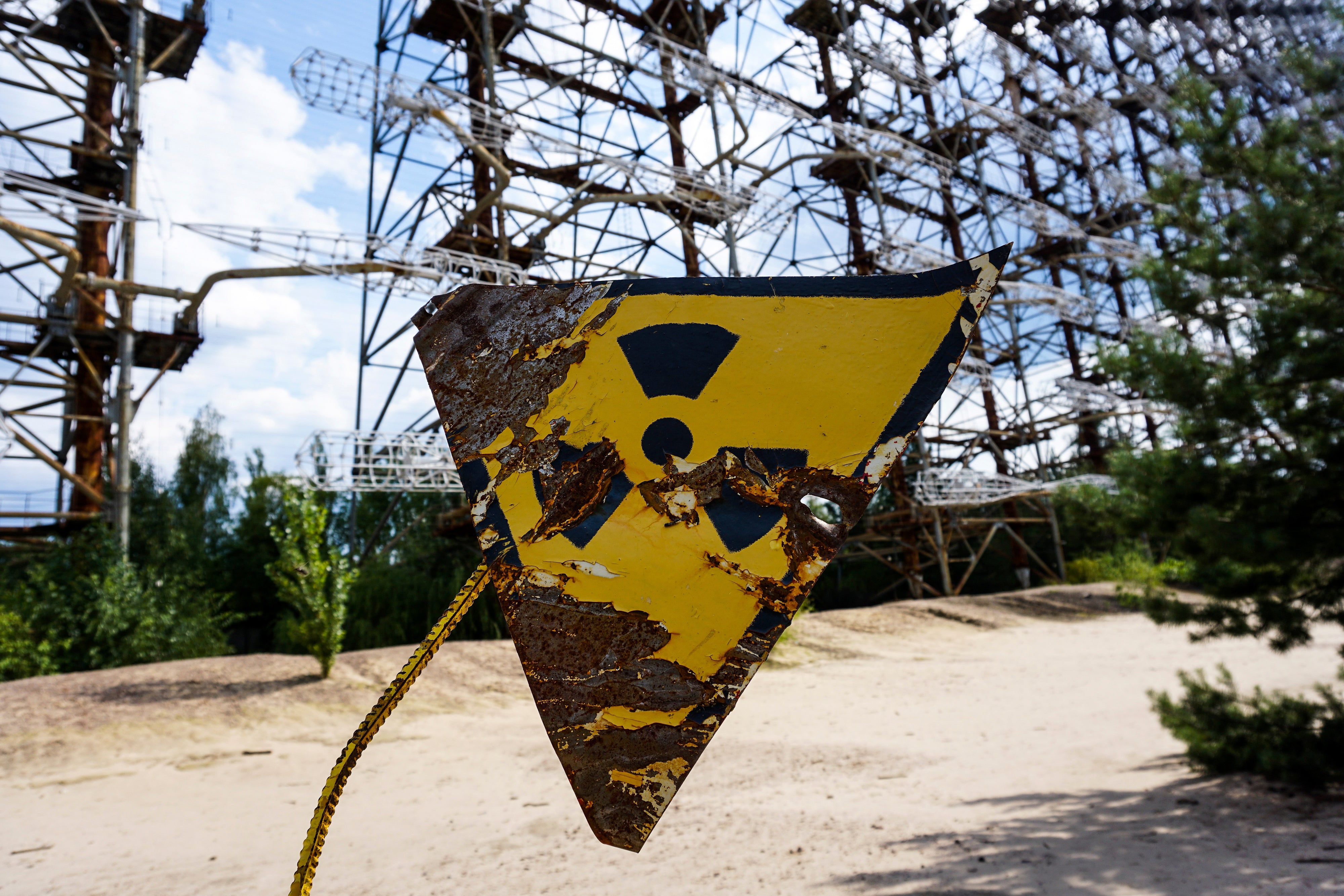Following Japan’s 2011 earthquake and tsunami that caused hydrogen explosions in the Fukushima nuclear power plant resulting in 3 reactors melting down, the Japanese government have undertaken an extensive cleaning operation estimated to span over many decades.
Over a million tonnes of water that was used to cool these melted reactors is now kept in giant tanks.
For the last 8 years since the disaster, 200 tonnes of the now radioactive water has been pumped every day out of the damaged reactor buildings. From this contaminated water, most of the radioactive isotopes have been removed through a complex filtration process.

However one isotope, tritium, is not possible to remove, resulting in the contaminated water being stored in massive tanks which will be full by 2022.
There has long been talk of dumping the water into the Pacific Ocean, but the plan now has the support of Environmental Minister, Yoshiaki Harada.
Many scientists believe the effected water would dilute quickly due to the vastness of the Pacific Ocean, and that tritium, the isotope that proved impossible to remove from the contaminated water, poses a low risk to human and animal health.
However Fisherman’s groups strongly oppose the proposition, and the South Korean government have made it clear to Japan that should they go ahead with this course of action, it will significantly damage their already fraught relationship.
The Japanese government have said no final decision has been made, whilst the International Atomic Energy Agency has declared Japan must urgently make a decision as to the outcome of the contaminated water.


Share:
Plastic has reached the air & the Arctic
There's No Planet B